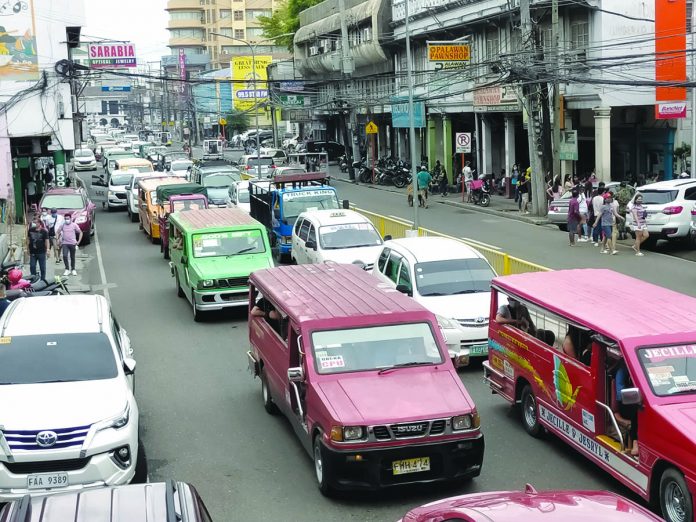
THE country’s inflation rate slightly picked up to 2.7 percent in July, from June’s 2.5 percent mainly due to higher transport costs, the Philippine Statistics Authority (PSA) reported yesterday.
Inflation in July 2019 reached 2.4 percent. Last month’s figure brought the average inflation for the first seven months of the year to 2.5 percent.
In a press briefing, PSA Undersecretary and national statistician Dennis Mapa said transportation costs increased brought about by higher tricycle rates, airfare, and ferry/ship fares.
Mapa said in the National Capital Region (NCR), the minimum charge per passenger rose to PHP17 last month from PHP8.50 in July 2019 while outside NCR increased to PHP13 from PHP11.
“The expectation is that the transportation component of the CPI (consumer price index) basket will continue to increase (with the modified enhanced community quarantine),” he said.
Mapa said they are also on the lookout for the impact of the quarantine amid the coronavirus pandemic on food prices.
“Of course, ang tinitingnan natin dito talaga (what we are looking at) is the impact of this on food. Kasi pwede na ‘yung supply chain maaapektuhan (Because the supply chain may be affected) and that would have a spike or increase in food items but of course, right now we are in the first week of data collection for August inflation,” he added.
Apart from higher transport costs, Mapa said other main sources of the upward trend for the July 2020 inflation are housing, water, electricity, gas, and other fuels particularly prices of liquefied petroleum gas; and restaurants and miscellaneous goods and services including articles for personal hygiene like rubbing alcohol and toothpaste.
He said prices of food and non-alcoholic beverages particularly meat, fish, and fruits also increased but at a slower pace last month.
Rice prices declined by 1.2 percent in July, posting negative inflation for the 15th month in a row since May 2019, he added.
Mapa said major commodity groups that posted a slower rate of price increases last month were food and non-alcoholic beverages; clothing and footwear; furnishing, housing equipment, and routine maintenance of the house; communication; recreation and culture; and education.
Inflation in the NCR increased to 2.2 percent in July from 2 percent the previous month while those areas outside the NCR went up to 2.9 percent from 2.7 percent. (PNA)







